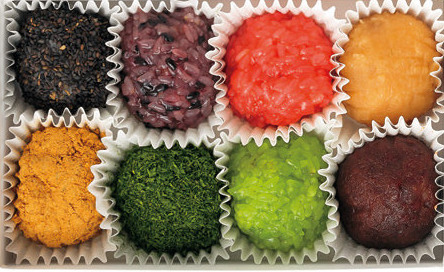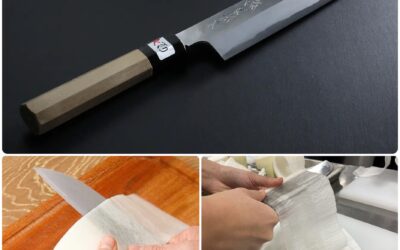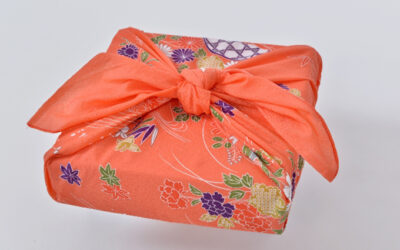
Special Seasonal Sweets:
Ohagi & Botamochi お萩・牡丹餅
Twice a year — once in March, once in September — day and night are about equal in length. Many cultures treat these equinox days as special; Japan has given recognition to the spring (vernal) and fall equinox since ancient times though the creation of a national holiday to celebrate Autumnal Equinox Day (Shūbun no Hi 秋分の日) and Vernal Equinox Day (Shunbun no Hi 春分の日) is fairly recent (1948).
These equinox days fall within a period of time known as Ohigan お彼岸 during which special sweets are typically placed as an offering to ancestral spirits on household alters. The sweets are then enjoyed by family members.
In the spring when peonies (botan 牡丹) are in bloom the plump sweets go by the name of botamochi because they resemble that flower. In the fall the same sweets are called ohagi お萩 because of their resemblance to autumnal clover called ohagi.

A classic assortment of toppings: chunky bean fudge, toasted soy flour, crushed black sesame.
DOWNLOAD recipe
The classic version of ohagi and botamochi sweets is made from lightly pounded rice (a combination of ordinary uruchimai table rice and mochigomé sweet-sticky rice) and fudge-like sweet adzuki bean paste.
Some of the sweets have a center of lightly pounded rice wrapped in bean fudge while others have a bean fudge center cloaked in pounded rice. These latter kinds are then dusted with kinako toasted soy flour or toasted-and-crushed kuro goma (black sesame).




